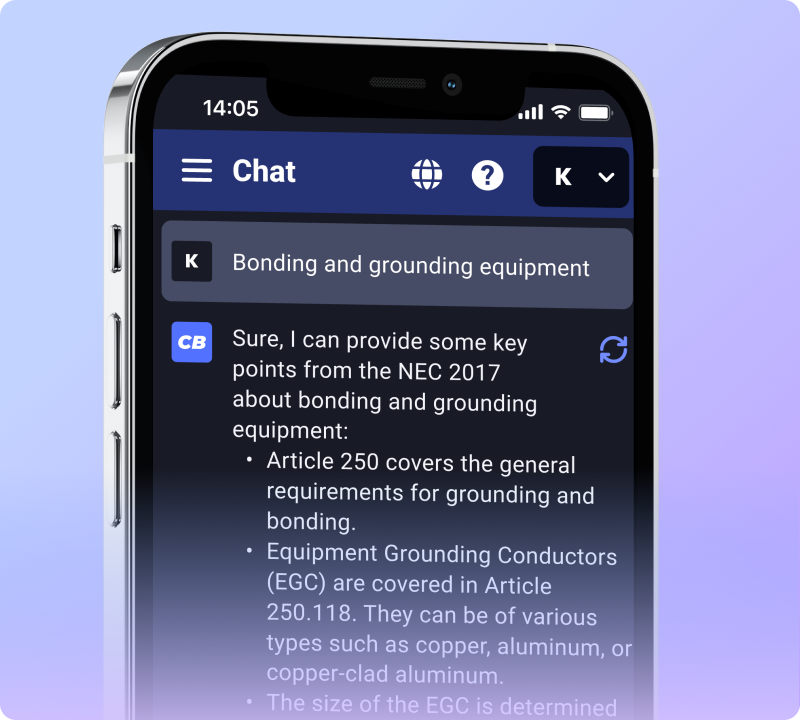The 2′, 6′, and 12′ rule is a guideline from the National Electrical Code (NEC) for the spacing of electrical receptacles in residential dwellings. This rule is designed to ensure that electrical outlets are conveniently located and minimize the need for extension cords, which can be a safety hazard.
The NEC’s Receptacle Spacing Rule
This rule generally applies to the following rooms in a dwelling unit:
- Living Rooms
- Bedrooms
- Dining Rooms
- Family Rooms
- Hallways
- Similar Rooms or Areas
Breaking Down the Rule
- 2-Foot Rule: This part of the rule states that any wall space that is 2 feet or more in width should have a receptacle. This ensures that small wall spaces, like those between doorways and corners, have power access.
- 6-Foot Rule: The 6-foot rule dictates that no point along the floor line in any usable wall space should be more than 6 feet, measured horizontally, from an outlet. This means that you can reach an outlet within 6 feet from any point along the wall.
- 12-Foot Rule: This stipulates that receptacles should be installed in such a way that there is no more than 12 feet of wall space between them. This part of the rule ensures that if you were to place any appliance or lamp in the room, its cord would reach an outlet without the need for an extension cord.
Exclusions and Special Considerations
- Kitchens, Bathrooms, and Utility Rooms: These areas have different requirements due to the presence of water and/or large appliances.
- Wall Space Behind Doors: Spaces that are not usable, like the wall space behind an open door, are typically not included in this rule.
- Countertops and Work Surfaces: Specific rules apply for countertops in kitchens and similar areas.
Conclusion
The 2′, 6′, and 12′ rule for receptacle spacing in residential spaces ensures that electricity is accessible where needed. Adhering to these guidelines not only makes a home more user-friendly but also aligns with safety standards.
Note: The content provided is based on the NEC guidelines as of April 2023. For the latest requirements and local amendments, consult the latest NEC or a licensed electrician.


